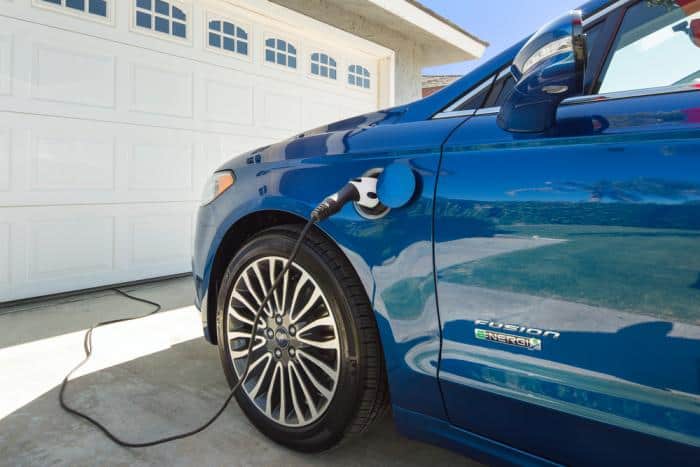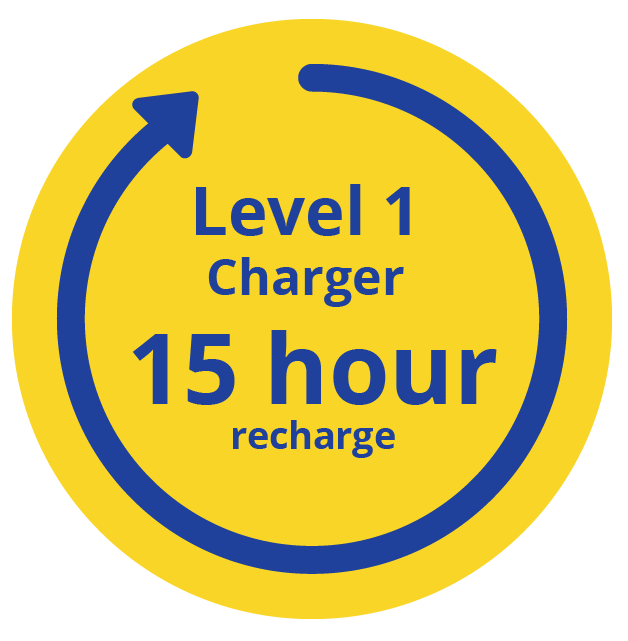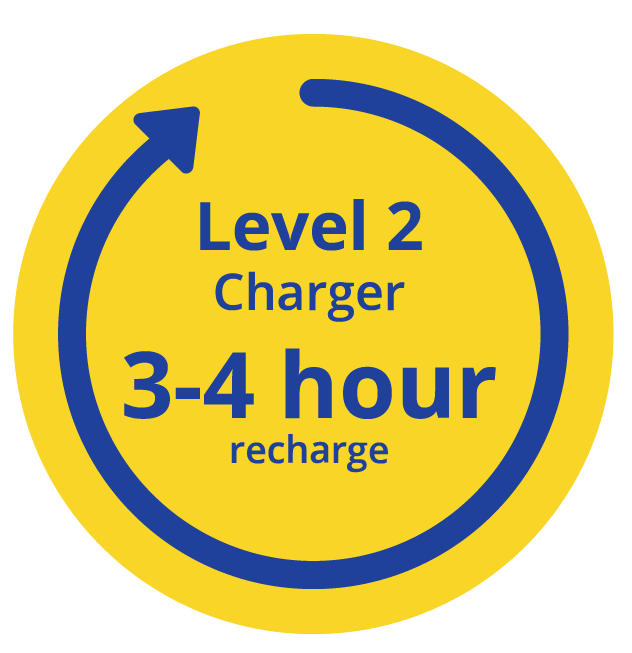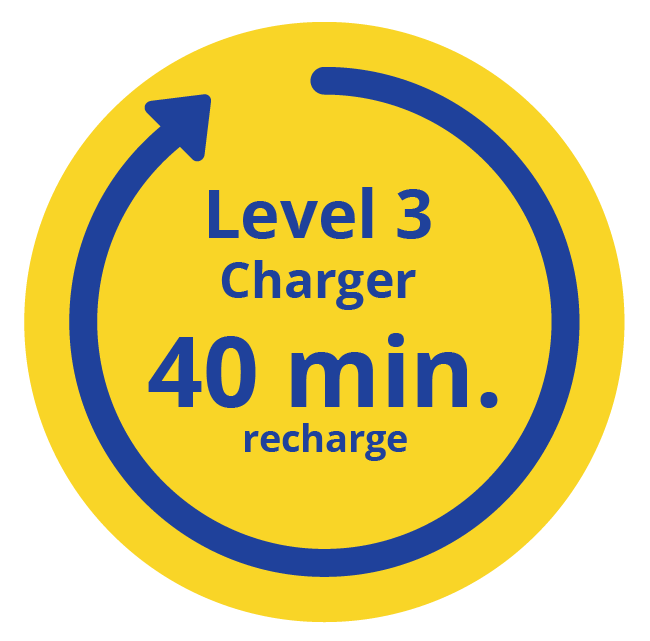EV Technology & Charging
If you have an EV or are planning on purchasing one soon, let us help you plan your solar installation and its use. We can tell you what to expect with your EV charging, and we can help you size your system based on your driving habits and model of car purchased. A hardwired high-output Level 2 charger can be installed in your garage or carport as part of your solar system. Make this investment now so you are ready for the future.
Tax credits are based on the battery size and go up to $7,500 for customers who purchase an Electric Vehicle, but they won’t last forever. Utilities and automobile manufacturers are also offering incentives for choosing their models. More and more manufacturers are introducing EVs, so there is no limit of choices on the market! Another benefit is adding charging will also increase the value of your home. A win all around!

Understanding Charging

Level 1 (trickle) charging typically takes 15 hours to fully charge an EV. That means that owners may need to charge during peak usage times or feel compelled to ‘top off’ using public charging stations to avoid range anxiety—expensive alternatives! But what if you could get a Level 2 charger installed at no charge when we install solar for your home?
Level 1 Chargers
These typically come with your car and are able to be used with your home electric outlets.
Pros
- Easily adaptable, use with a standard 110 outlet.
- Easy to transport to allow remote charging.
Cons
- Typical charging time for a full charge is 15 hours.
- Most basic charge system with no interface.
- No ability to select a charge cycle to avoid top peak usage.
Power Up Your Home Charging
Level 2 Chargers
 The charging time is reduced by more than 60% and allows owners to charge at the speed of a public charger conveniently at their own homes.
The charging time is reduced by more than 60% and allows owners to charge at the speed of a public charger conveniently at their own homes.
Pros
- Quality chargers will fully charge an EV in 3–4 hours.
- Plug-in models can share an outlet with a range or dryer.
- Most have mobile apps to monitor or configure charging.
- Ownership yields a lower cost of charging versus public charging stations.
- Peace of mind allowing EV owners to maintain full capacity for the most range.
Cons
- Increased energy demand on your home.
- Requires a 240V electrical outlet or hardwiring, plus a dedicated dual-pole breaker.
- Expense for installation: A Licensed electrician is needed to install a new outlet or hardwiring.
- If demand charges are in place, the higher current draw may increase energy costs.
Power Up Your Home Charging
Level 3 Chargers
 The cream of the crop! This is the leading edge of the charging technology.
The cream of the crop! This is the leading edge of the charging technology.
Pros
- The fastest charge times available. Approximately 80% of the range was achieved in 40 minutes.
- In the future: Bi-directional energy flow—allows direct DC connection between the EV battery and the home in case of power outage. Your EV helps keep your home powered!
- Plug-in models can share an outlet with a range or dryer.
Cons
- Typically only available commercially.
- Extremely expensive.
- Very new technology—early adopter status for buyers.
- Currently, AJH (City regulation) is unfamiliar—it delays installers’ plan approvals. (This will improve as technology matures.)


















